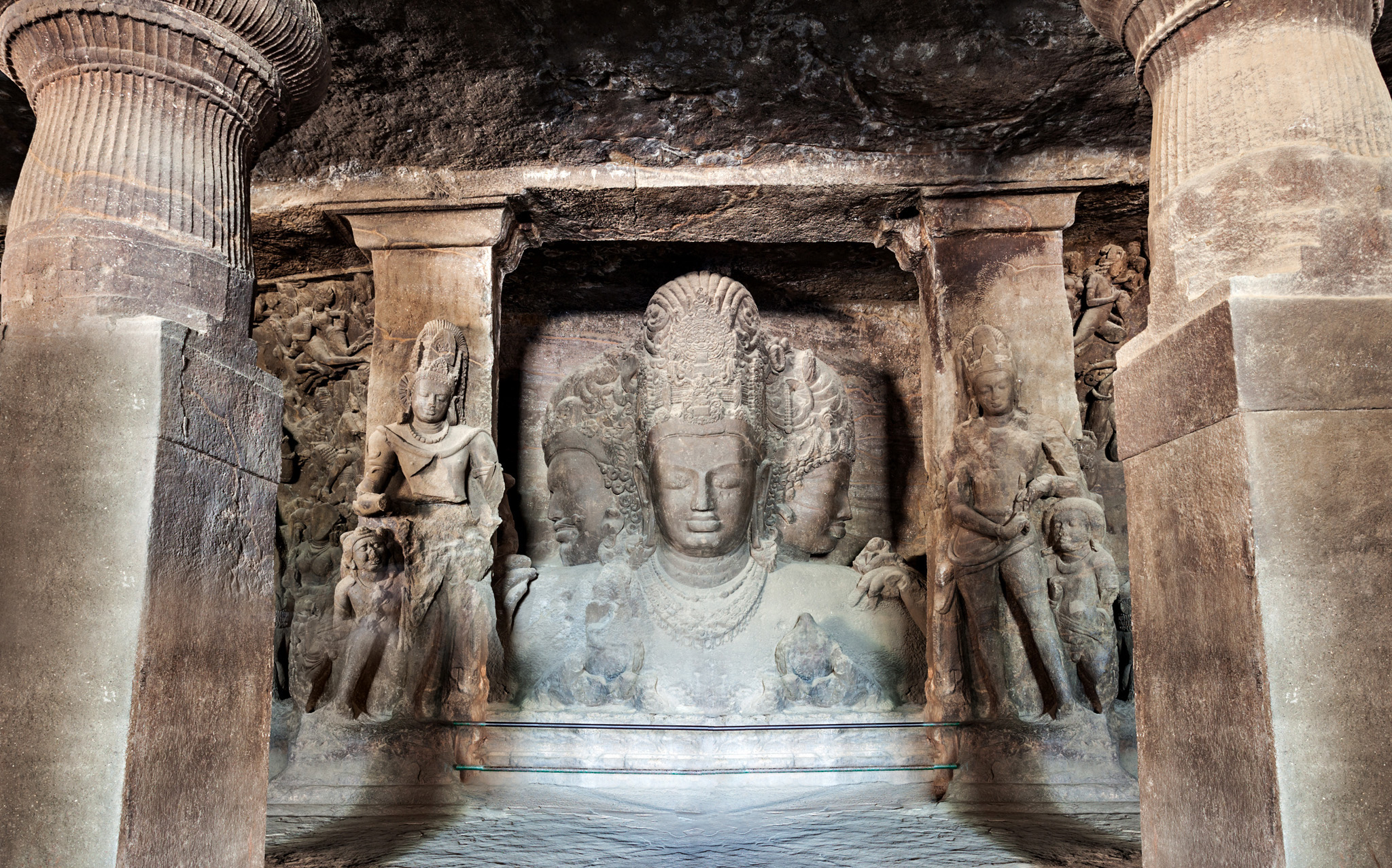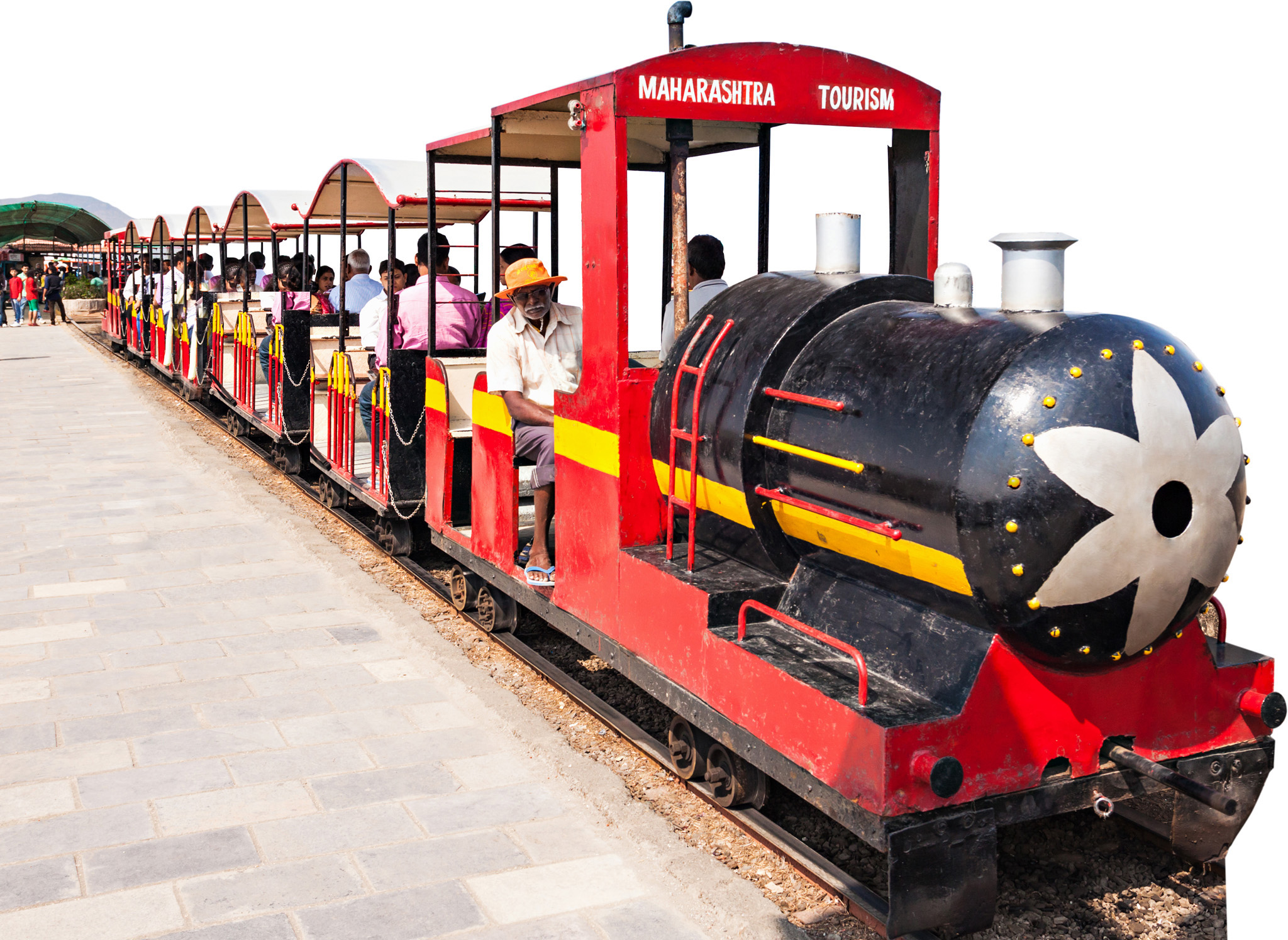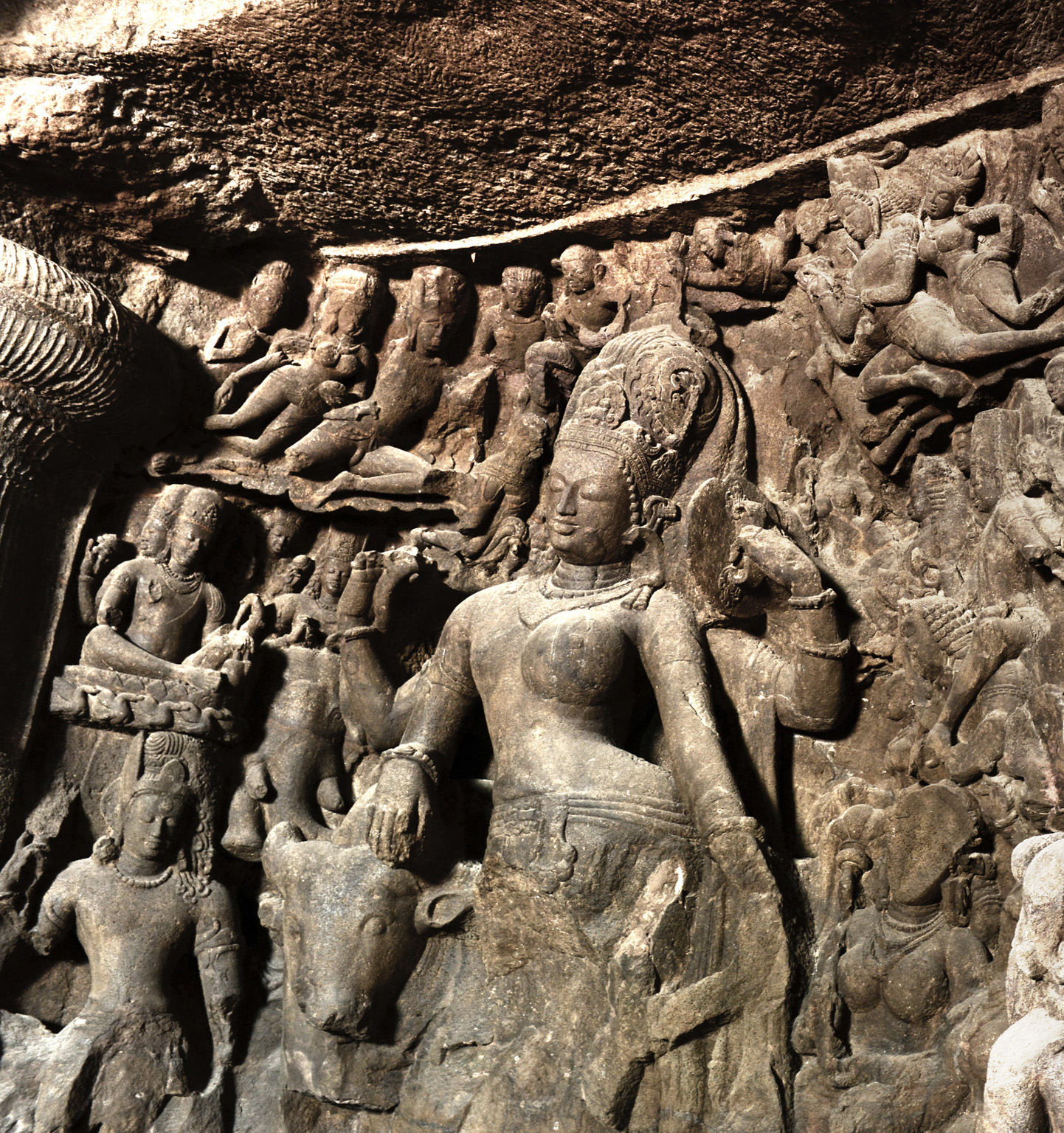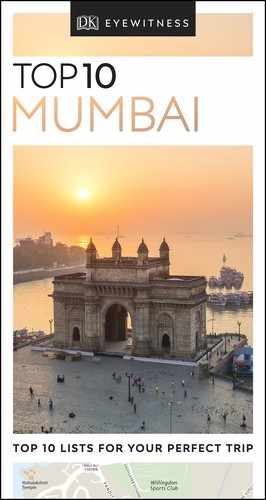
ELEPHANTA CAVES
Some of the greatest masterpieces of Indian sculpture are located within the 6th-century AD Elephanta Caves. Chiselled into a rocky cliff on an island off Mumbai’s eastern shore, these cave temples are dedicated primarily to Lord Shiva. Originally called Gharapuri, or “City of Caves”, this UNESCO World Heritage Site was renamed Elefante (later morphed to its current name) by the Portuguese after a huge stone elephant that once stood here.

Elephanta Caves
NEED TO KNOW
![]() 9 km (6 miles) NE of Mumbai • 022 2202 6364 (for ferries)• Open 9am–5pm Tue–Sun • Adm ₹250 (Indians ₹10)
9 km (6 miles) NE of Mumbai • 022 2202 6364 (for ferries)• Open 9am–5pm Tue–Sun • Adm ₹250 (Indians ₹10)
![]() Toy Train: Adm ₹5
Toy Train: Adm ₹5
![]() Elephanta Festival: 2 days in February
Elephanta Festival: 2 days in February
- Ferries to Elephanta Island run from Gateway of India every half an hour, starting at 9am. The last ferry leaves at 3:30pm.
- Refreshments are available at the Elephanta Port Restaurant & Bar, which serves vegetarian as well as non-vegetarian cuisine at affordable rates, along with a selection of beverages, including beer.
1. Mahesamurti
Hailed by art historian Percy Brown as “the creation of a genius”, Mahesamurti, known as Trimurti, is the glory of Elephanta. It is carved into the rear wall of the northern entrance, and represents the three manifestations of Shiva: the Preserver, the Creator, and the Destroyer.

Stunning carving of the manifestations of Lord Shiva
2. Caves and Cannons
The first, main cave of the seven is the highlight of the island. The next four caves are on the western Cannon Hill, named after the Portuguese cannons found here.

Visitors at the entrance of the main cave
3. Gangadhara
To the west of Mahesamurti is a panel of Shiva as Gangadhara: helping the river-goddess Ganga descend to earth, while his consort Parvati and other deities look on. Above him are three heads symbolizing Yamuna, Ganga and Saraswati – India’s sacred rivers.
4. Kalyanasundara
Contrasting images of peace and violence can be seen around the caves. The sculpture depicting the marriage of Shiva and Parvati near the western entrance is one such image. Opposite it is a panel showing Shiva impaling the demon Andhaka.
5. Stupa Hill
This hill gets its name from a stupa, a 2nd-century BC structure containing the remains of Buddhist monks. Another significant site here is the Portuguese cave-church that was once a Hindu temple.
6. Toy Train
The island can be reached via a 45-minute ferry ride. A comfortable toy train takes visitors from the jetty to the base of the hill. One can also walk to the base, along the pier.

The toy train at the base of the hill
7. Elephanta Festival
The ambience at this wonderfully lit, week-long festival of music and dance is a treat for lovers of the arts. It is held in the open, with the imposing sculpture of Mahesamurti serving as backdrop.
8. Ardhanarishvara
East of the Mahesamurti is a sculpture of Shiva as Ardhanarishvara – the lord who is both male and female symbolizing divine unity, in which all opposites are resolved.

Ardhanarishvara carving
9. Ravananugraha
The east entrance of the main cave has a sculpture of Shiva and his wife, Parvati, contentedly seated in their mountain abode, as the demon-king Ravana tries to destroy their home by shaking the mountain.
10. Nataraja
An iconic panel in the main cave is that of Shiva as Nataraja, the “lord of dance”. He is encircled by an enthralled divine audience, which includes Brahma, the Creator, as well as Shiva and Parvati’s sons, Ganesha and Kartikeya.

Remains of the Nataraja carving
